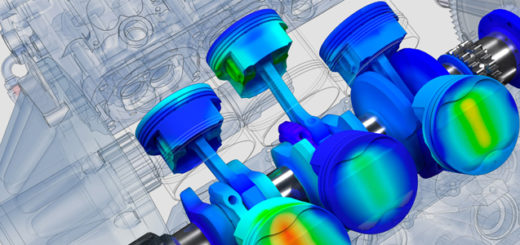Reverse engineering application for recovery of broken parts
Damaged or broken parts are usually too expensive to replace or are no longer available. Reverse engineering can be defined as the systematic evaluation of a product for replication. It involves designing a new part, copying an existing part, restoring a damaged or broken part, improving the accuracy of a model, and inspecting a digital model. The benefits of the technique include immediate feedback, data reduction, direct geometry generation, and higher accuracy of the end product. This article demonstrates some usage possibilities and the benefits of using reverse engineering methodologies and techniques in the production process, especially if there are parts without 3D CAD support.
The purpose of reverse engineering is to test and improve its products, to evaluate competing products and their technical characteristics, to simulate their performance dynamics with other structural units or in the environment, to assess violations of potential copyrights, etc. Therefore, reverse engineering is an indispensable tool for improving existing products and developing new products.
Reverse engineering is an essential department of the geometrical layout and manufacture application area, and this method has been extensively diagnosed as being an essential step within side the product improvement cycle. The use of reverse engineering will in large part lower the production time and costs. Reverse engineering is the procedure of manufacturing layout information within side the shape of CAD version from the bodily component within side the procedure of the product layout. In evaluation to the conventional manufacturing sequence, opposite engineering generally begins with measuring a current object, so that a strong version may be deduced on the way to employ the benefits of CAD/CAM/CAE technologies.
Reverse engineering technique incorporates three foremost steps which are used to extract expertise approximately the design, material, structure, floor qualities, and working situations of the product etc. The procedural steps are described as the scanning phase, factor processing phase and solid modelling. Before reverse engineering, some factors have to be taken into consideration in making plans, including motives for which an element is to be reverse engineered, element size, element complexity, element material, element geometry, element finish, etc.
Ability to reduce inspection times or turnaround times, reverse engineering approaches are gaining popularity in today’s competitive market as today’s global environment is rapidly changing and seeking new ways to overcome the time constraints and find new products and improve them. But future work is also needed in this area as there is potential for improving reverse engineering approaches as they lack efficiency and accuracy. Most reverse engineering algorithms require additional improvements for better results and less chance of errors.



